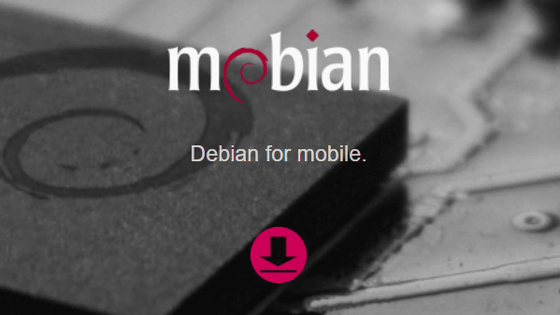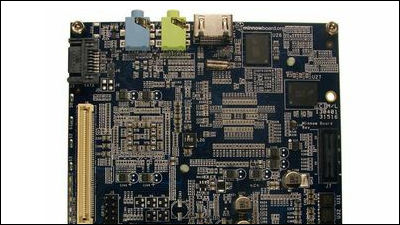'HackberryPi_CM5' project: Transforming a Blackberry smartphone with a physical keyboard into a portable Linux machine packed with Raspberry Pi CM5

A project called ' HackberryPi_CM5 ' has been published on GitHub, which repurposes an old Blackberry's physical keyboard and packs
GitHub - ZitaoTech/HackberryPiCM5: An ultra portable handheld Linux device using Raspberry CM5 unit as Core with 4' 720X720 TFT Touch display and the original blackberry keyboard
https://github.com/ZitaoTech/HackberryPiCM5
The HackberryPi_CM5 measures 143.5 x 91.8 x 17.6 mm, weighs 306 grams, and has an aluminum top and bottom.
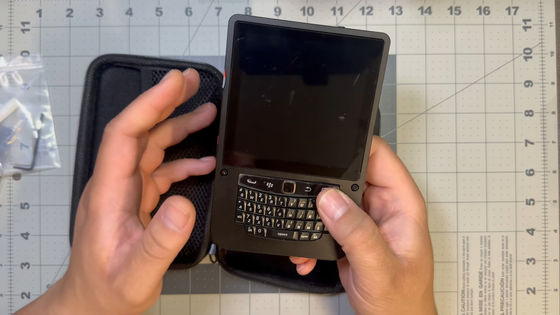
The inside looks like this: It uses the CM5 for processor and I/O management, and also has an NVME SSD slot, an HDMI port, and multiple USB Type-A ports.
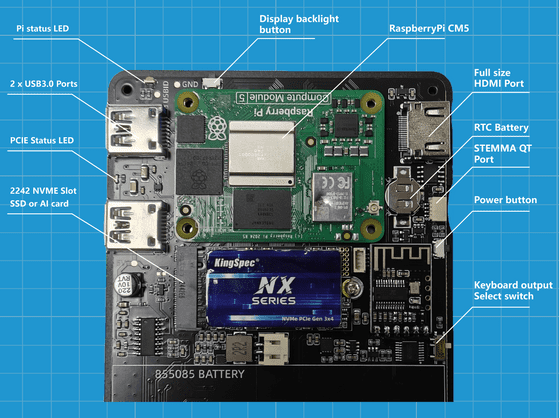
The back of the phone is equipped with a magnet similar to the iPhone's MagSafe, allowing you to attach various accessories. However, since it does not support wireless charging, you can use it in a unique way, such as attaching a mobile battery to the back and powering it with a short USB cable.

Other detailed specifications are as follows:
The blueprints and other information are available on GitHub, so you can customize them yourself. For example, below is a publicly available 3D model of the HackberryPi_CM5, and you can use this data as a reference to modify the parts yourself.
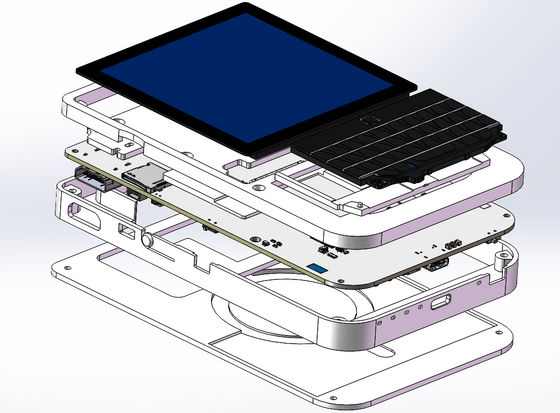
You can see it in action in the video below.
Is the HackberryPi CM5 a portable, feature-packed, and powerful device? - YouTube
According to the creators, the goal of this product is to 'build a portable computer running Linux, allowing users to deepen their understanding of Linux and explore the architecture of the hardware, software, and Linux kernel.'
Related Posts:





